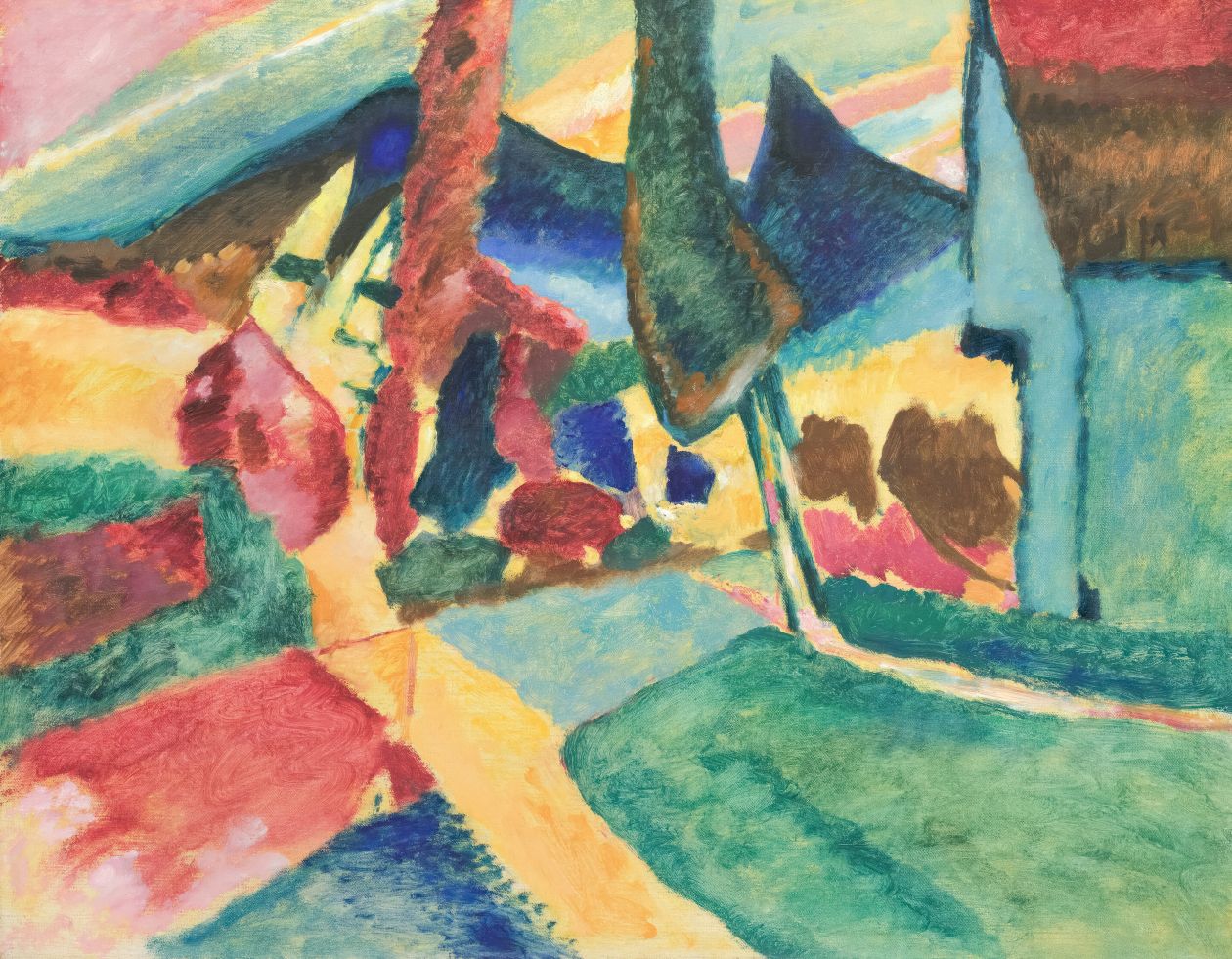
Friedrich Nietzsche writes in 1882—the year both Virginia Woolf and James Joyce were born—“God is dead. God remains dead. And we have killed him. . . . With what water could we purify ourselves? What festivals of atonement, what sacred games shall we need to invent?” (The Gay Science). His startling pronouncements had enduring effects on nascent modernist aesthetics and ethics, and most critics agree that Nietzsche helped to herald an age of spiritual and religious uncertainty. Still, there is another side to this story. Interest in the religious, in various forms of divinity, in mysticism, and in spiritualities remained strong, and new forms of attention to the sacred are also central to modernist literature. At the same time, the decades following the 1880s also saw increasing awareness about the precarity of the natural world. The term “ecology” (Ökologie) was coined in 1866 by the German scientist, Ernst Haeckel, and this presaged new understandings about the delicate balance between the human and the natural environment.
In this course we will consider how a range of modernist writers render sacred experience in juxtaposition and in dialogue with both local and broader ecologies. Our focus will primarily be poetry, but we will also read fiction, philosophy, theology, theory, and criticism. Writers will likely include Gerard Manley Hopkins, Emily Dickinson, Rabindranath Tagore, W.B. Yeats, T.S. Eliot, E.E. Cummings, Evelyn Underhill, Virginia Woolf, Friedrich Nietzsche, the Buddha, Augustine of Hippo, and Rainer Maria Rilke.
Assessment
Course Expectations: Attendance and engaged participation; seminar presentation; 1-page think pieces twice per term; final essay.
